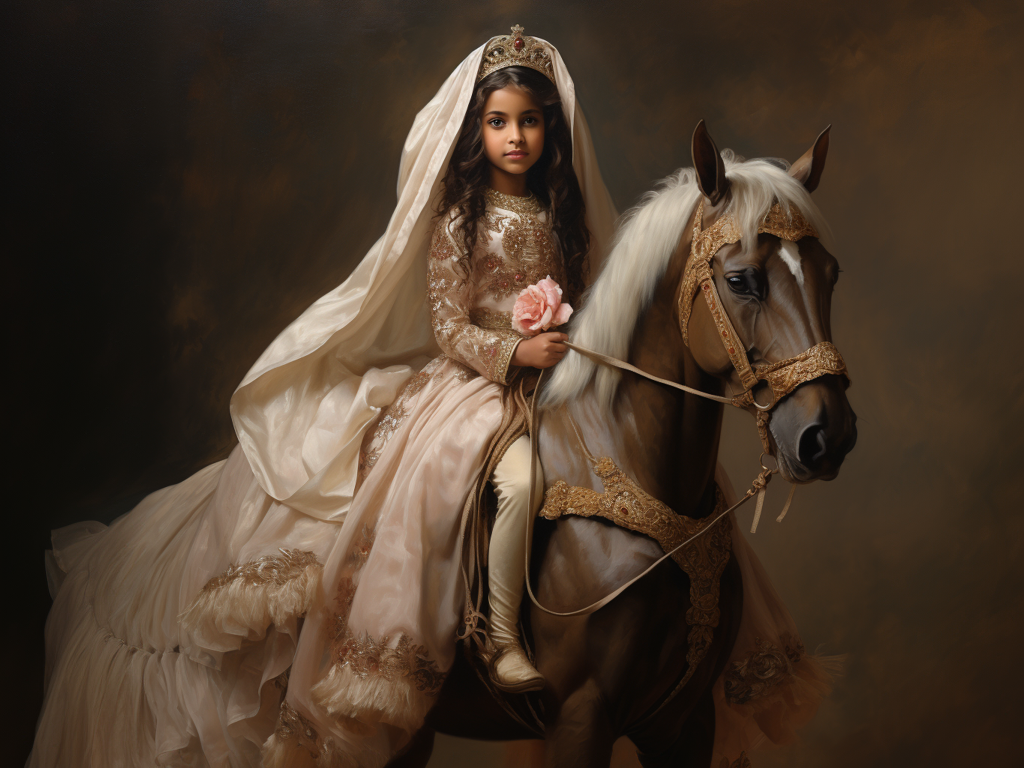This West German political drama, directed by Volker Schlöndorff and Margarethe von Trotta, adapts Heinrich Böll’s 1974 novel of the same name. It explores how violence emerges and escalates amid media sensationalism and authoritarian overreach during the political unrest of 1970s West Germany.
The story follows Katharina Blum, a reserved housekeeper whose life unravels after she spends the night with a man later revealed to be a fugitive. Subjected to tabloid headlines and intense interrogation, she becomes a victim of both media and state control.
Böll’s novel is structured like a confidential report, narrated in the first-person plural—a voice that suggests moral distance and investigative rigor. This contrasts with the fictional tabloid Die Zeitung, modeled on Bild-Zeitung, which represents vulgar journalism.
The film, however, flattens the novel’s complexity. While Böll critiques all parties—media, police, public—the adaptation focuses almost exclusively on demonizing the press, losing the source’s narrative balance and nuance. A more effective adaptation would have preserved the novel’s ironic, multi-perspective tone.







